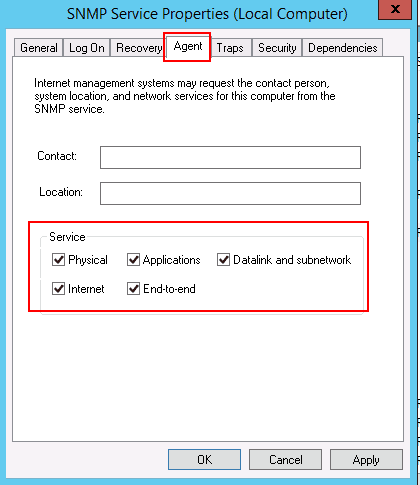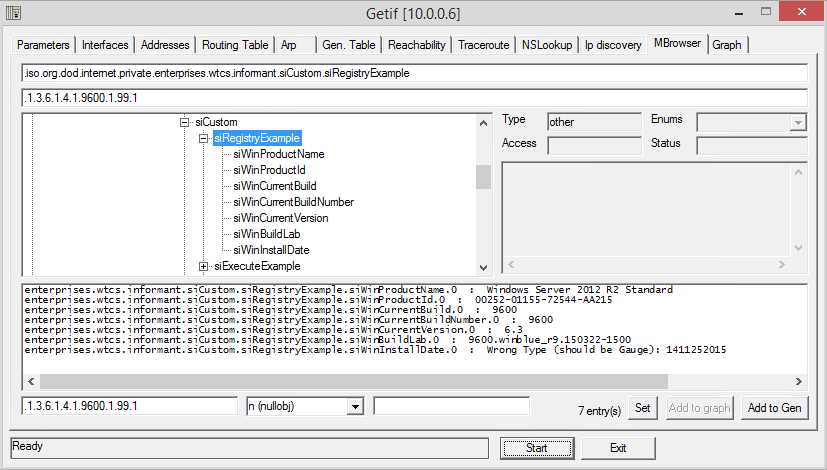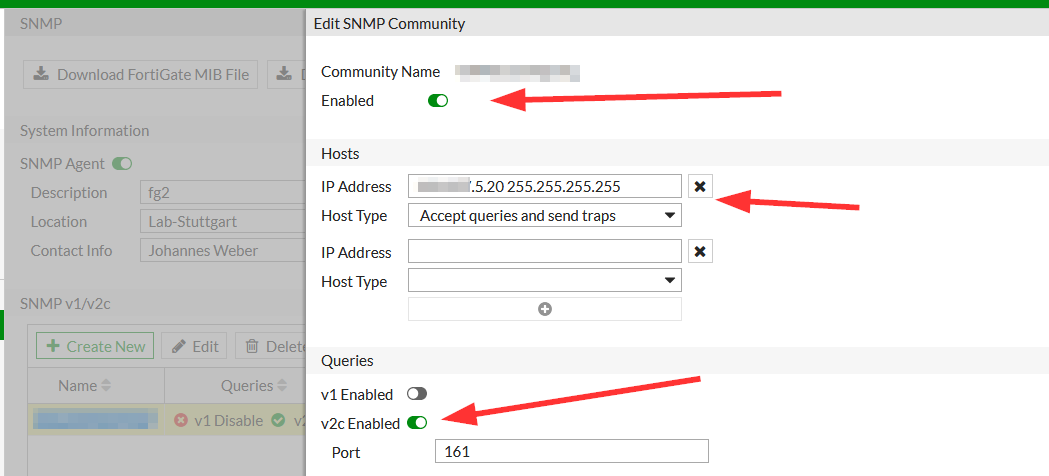

Now extract the SNMPwalk software from the archive.On Windows you can install snmpwalk by following these steps: The process is different depending on what OS you’re using. How to Install snmpwalk on Windowsīefore we look at snmpwalk examples we must first install snmpwalk. Some network administrators use snmpwalk to collect data from lots of different OIDs efficiently with a single command, rather than having to poll all OIDs manually with the GET command. Knowing how to use the snmpwalk command is useful because you can collect data from many different OIDs, which all tell you something different about the performance of a device.

Essentially, a user issues the snmpwalk command to the root node of the sub-tree and then the manager starts collecting data from all the OIDs in that sub-tree. Snmpwalk is an SNMP application or command that issues multiple GET-NEXT commands to OIDs. The GET-Next command does the same but collects data from the next OID in the tree. A GET request includes the hostname of the agent and one or more Object Identifiers (OID) to collect specific information from the MIB. There are multiple types of queries managers can use to poll SNMP agents for information but the most common ones are the GET or GET-NEXT commands. Once the information reaches the manager, it is then converted and sent to a Network Management System (NMS), a software agent such as a network monitoring tool that enables a human user to analyze performance trends. When using SNMP, a manager sends a request for information to the SNMP agent, which collects information from the local MIB and sends it to the manager. The MIB is essentially a database that records information about the hardware and contains MIB files, which the SNMP manager can query.

A component called an SNMP Manager polls SNMP agents (SNMP-enabled devices on the network) to obtain performance data from the device’s Management Information Database (MIB).

SNMP is an application-layer protocol that provides a framework for different devices to share information. In this article, we’re going to look at how to use snmpwalk, but first, let’s look at what SNMP is. One of the ways to collect information from SNMP-enabled devices is with a snmpwalk command. Modern manufacturers create SNMP-enabled devices of all shapes and sizes that enterprises can use to monitor IT systems. Since the introduction of the Simple Network Management Protocol ( SNMP) data, SNMP has played an important role in measuring network performance.


 0 kommentar(er)
0 kommentar(er)
